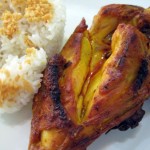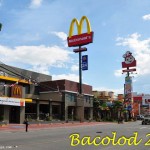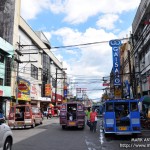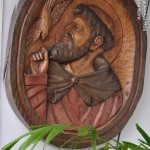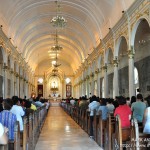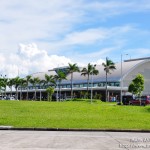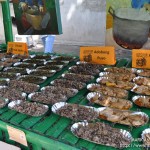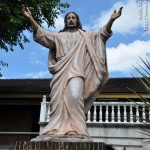
The Palacio Episcopal, also known as the Bishop’s Palace, is one of the many “passersby attractions” in Bacolod. It was established by Fr. Julian Gonzaga 46 years prior to building the San Sebastian Cathedral in 1876, which is located right beside it. The construction of the Palacio Episcopal commenced in 1830 and it was finished in the 1890’s. Notably, the Spanish Military and civic officials sought refuge in the Bishop’s Palace during the revolution in 1898 which started on November 5 – now […]

